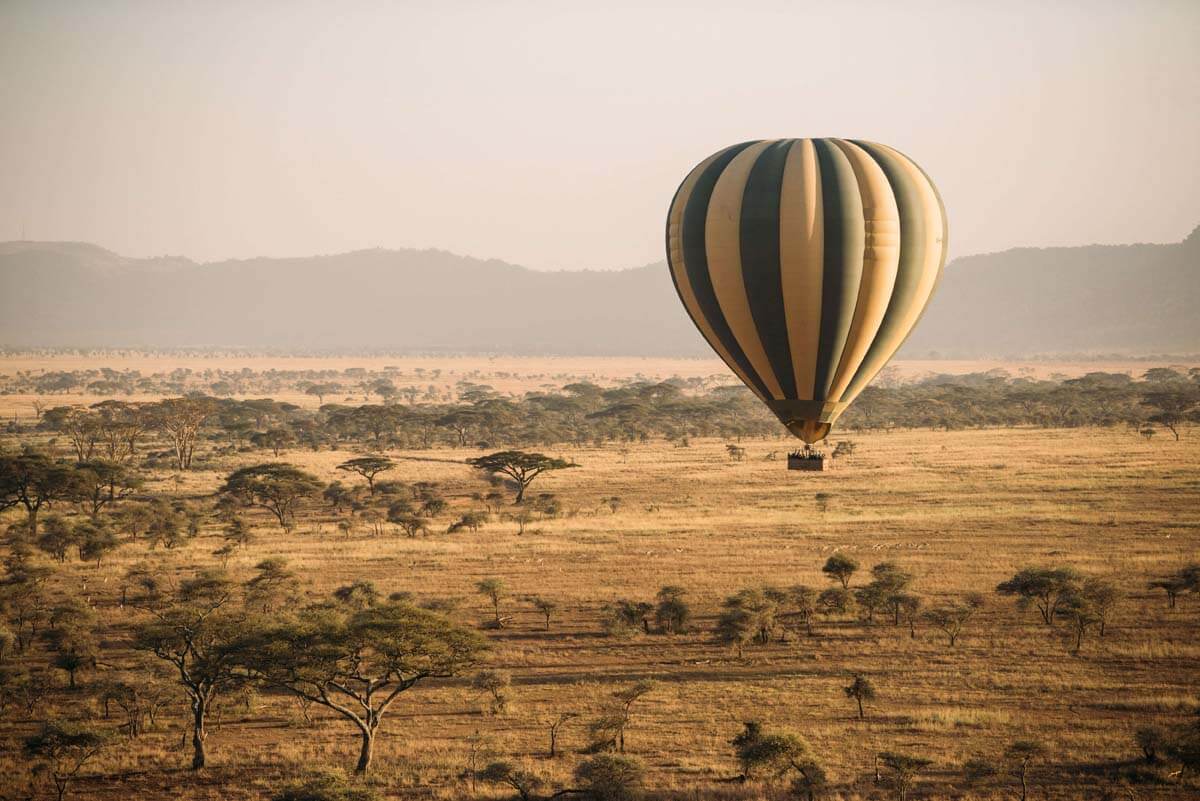Cultural Tours
CULTURAL AND HISTORICAL TOURS
Cultural Tours are a popular product in Tanzania that is mostly sold as an add-on to enrich main safari tour programs. Most visitors to Africa, especially first timers, find the continent and its people enchantingly different and a special experience. We at African Heroes Tours appreciate this fact and endeavour to include visits to the local communities to give our guests the opportunity to see first hand the way of life in a typical African village.
Cultural tours are generating direct income to the local communities that are being visited, contributing to their development. Thus by visiting the cultural sites the guests would be giving support to community health, water supply, primary education and many other social and economic projects carried out at village level as well as reforestation and protection of environment.
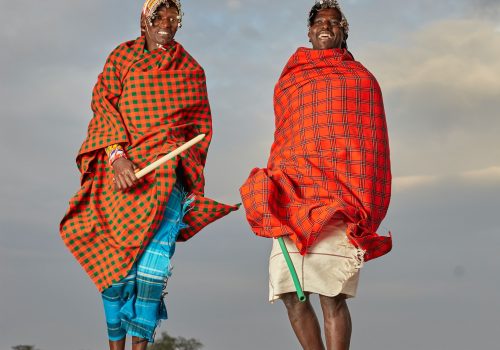
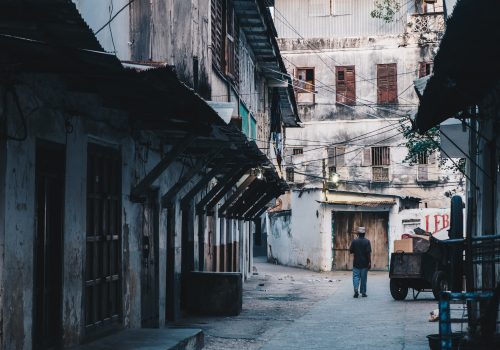
Common Cultural and Historical Destination Include
MAASAI BOMAS IN NGORONGORO
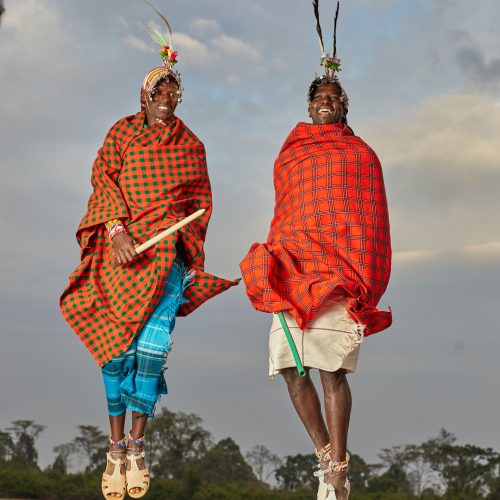
The Maasai are a proud people that are passionately loyal to their cultural traditions, and they are one of northern Tanzania’s most popular ethnic groups. The Maasai are a pastoral people who live in the Ngorongoro conservation area, which is a multi-purpose land use area where humans, cattle, and wildlife all coexist and enjoy the same protected ecosystem. The Maasai travel widely in search of pasture and water with their herds of cattle, sheep, goats, and donkeys.
Most safari guests include a visit to a Maasai Boma in their itinerary while in Ngorongoro. Another well-known cultural visitor destination is the Seneto Maasai Boma, located on the western slopes of the Ngorongoro Highlands about 200 meters off the main road to Serengeti. Irkeepus, located in the Ngorongoro Highlands, is another popular Maasai village that can be paired with a journey to Olmoti or Empakaai Crater.
STONE TOWN - ZANZIBAR
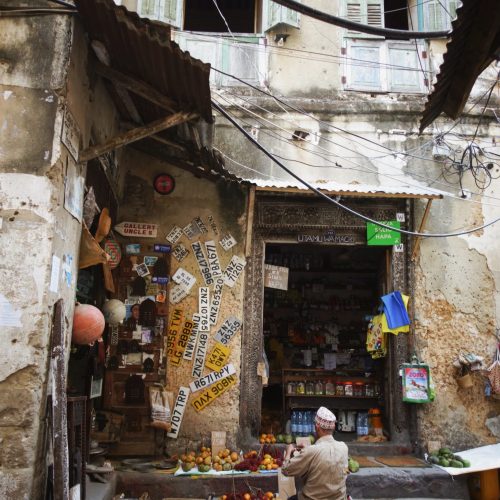
Stone Town, the biggest town in Zanzibar, is among the first destination for most people on their trip Zanzibar Island. A very amazing place where one gets to taste of an African community with a taste of different cultural heritages such as African itself mainly the Zanzibari culture also, Arabic, Persian and Asian cultural influences and some European influences too.
The history of slave trade and more are also associated with Stone Town as well presence of local market and shops mainly retailing Zanzibari and African products.
Stone town is also associated with a very warm and cool making it easy to have tourists visit all year long.
HADZABE AND DATOGA TRIBES - LAKE EYASI
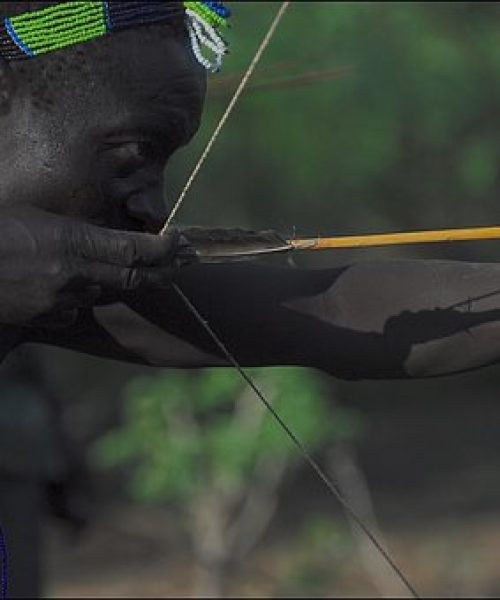
Lake Eyasi is a very scenic soda lake found on the southern border of the Ngorongoro Conservation Area, a couple of hours drive from Karatu. This is a hot, dry land, around which live the Hadzabe people, often associated with the Khoisan languages in Southern Africa because of their click language. The Hadzabe are believed to have lived here for nearly 10,000 years and continue to follow hunting-and-gathering traditions. Also in the area are the Iraqw (Mbulu), a people of Cushitic origin who arrived about 2000 years ago, as well as the Datoga also Cushitic, the Maasai and various Bantu groups including the Nyakyusa, Nyamwezi, Chaga and Meru.
The Hadzabe, a hunter-gatherer tribe, live close to the shores of Lake Eyasi, as do the Nilotic-speaking Datoga tribe who are pastoralists. Visits to these tribes will include a visit to their homesteads, learning about their way of life, medicinal plants, and even animal tracking with bows and arrows with the Hadzabe hunters.
BAGAMOYO
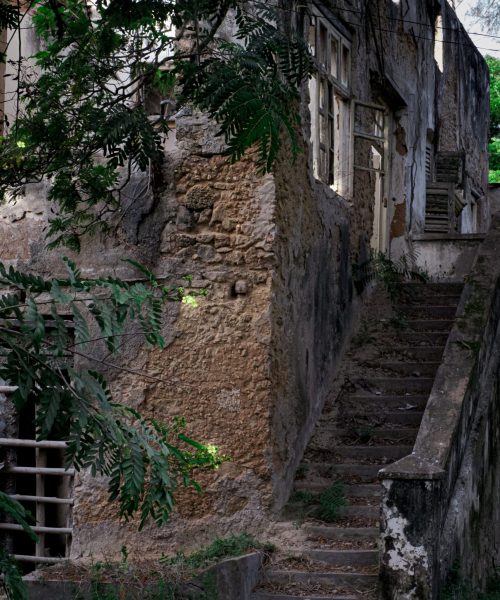
Located at the north of Dar es Salaam city, Bagamoyo was once one of the most important trading centres on the East African Coast and a famous embarkation port for slaves from the hinterland. When the German colonialists came to East Africa they made Bagamoyo their first German East Africa capital. It is a place of considerable significance to world history, both as an entry point for Arab and European missionaries, explorers, and traders in East and Central Africa, and in the history of the infamous slave trade. Tourist attractions include among others:
Key things include:
- The Kaole ruins dating back to the 12th century thought to mark one of the earliest contacts of Islam with Africa
- The Old Fort built in 1860 for holding slaves for shipment to Zanzibar.
- The first Roman Catholic Church in East Africa built around 1868.
- The Livingstone church.


